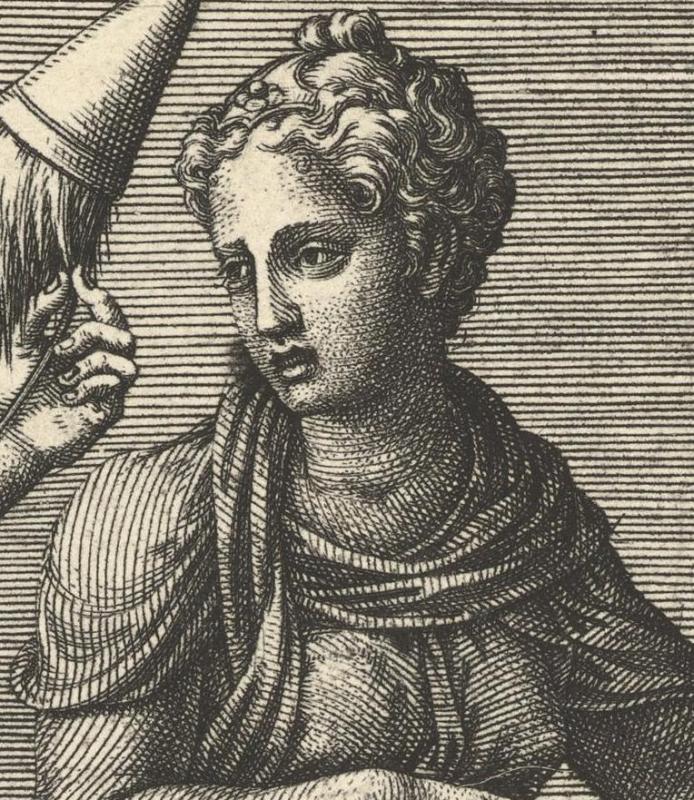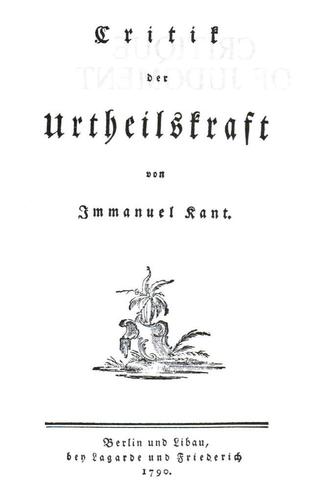Author / thelachesium
The Shape of an Idea: Olafur Eliasson
Three Act Structure

Structure
The first act is usually used for exposition, to establish the main characters, their relationships and the world they live in. Later in the first act, a dynamic, on-screen incident occurs that confronts the main character (the protagonist), whose attempts to deal with this incident lead to a second and more dramatic situation, known as the first turning point, which (a) signals the end of the first act, (b) ensures life will never be the same again for the protagonist and (c) raises a dramatic question that will be answered in the climax of the film. The dramatic question should be framed in terms of the protagonist’s call to action, (Will X recover the diamond? Will Y get the girl? Will Z capture the killer?).[1] This is known as the inciting incident, or catalyst. As an example, the inciting incident in the 1972 film The Godfather is when Vito Corleone is attacked, which occurs approximately 40 minutes into the film.
The second act, also referred to as “rising action”, typically depicts the protagonist’s attempt to resolve the problem initiated by the first turning point, only to find him- or herself in ever worsening situations. Part of the reason protagonists seem unable to resolve their problems is because they do not yet have the skills to deal with the forces of antagonism that confront them. They must not only learn new skills but arrive at a higher sense of awareness of who they are and what they are capable of, in order to deal with their predicament, which in turn changes who they are. This is referred to as character development or a character arc. This cannot be achieved alone and they are usually aided and abetted by mentors and co-protagonists.[1]
The third act features the resolution of the story and its subplots. The climax is the scene or sequence in which the main tensions of the story are brought to their most intense point and the dramatic question answered, leaving the protagonist and other characters with a new sense of who they really are.[1]

The Lachesium
This is ‘The Lachesium’, which comes from the name of one of The Three Fates, Lachesis. In Greek mythology the Fates were in control of the mother thread of a person’s life from birth to death, with Clotho (the spinner), Lachesis (the alloter), and Atropos (the inevitable), being the three decider’s of said destiny. Where Clotho and Atropos marked birth and death, Lachesis defined the length and quality of the string to be cut, and in so was the most concerned with what happened between beginning and end. It is for this reason I have chosen Lachesis to be the namesake for our place of discussion, for as Artists we are presented with the unique opportunity to define our own creative questions, investigations, discoveries, and ultimately, lives.

